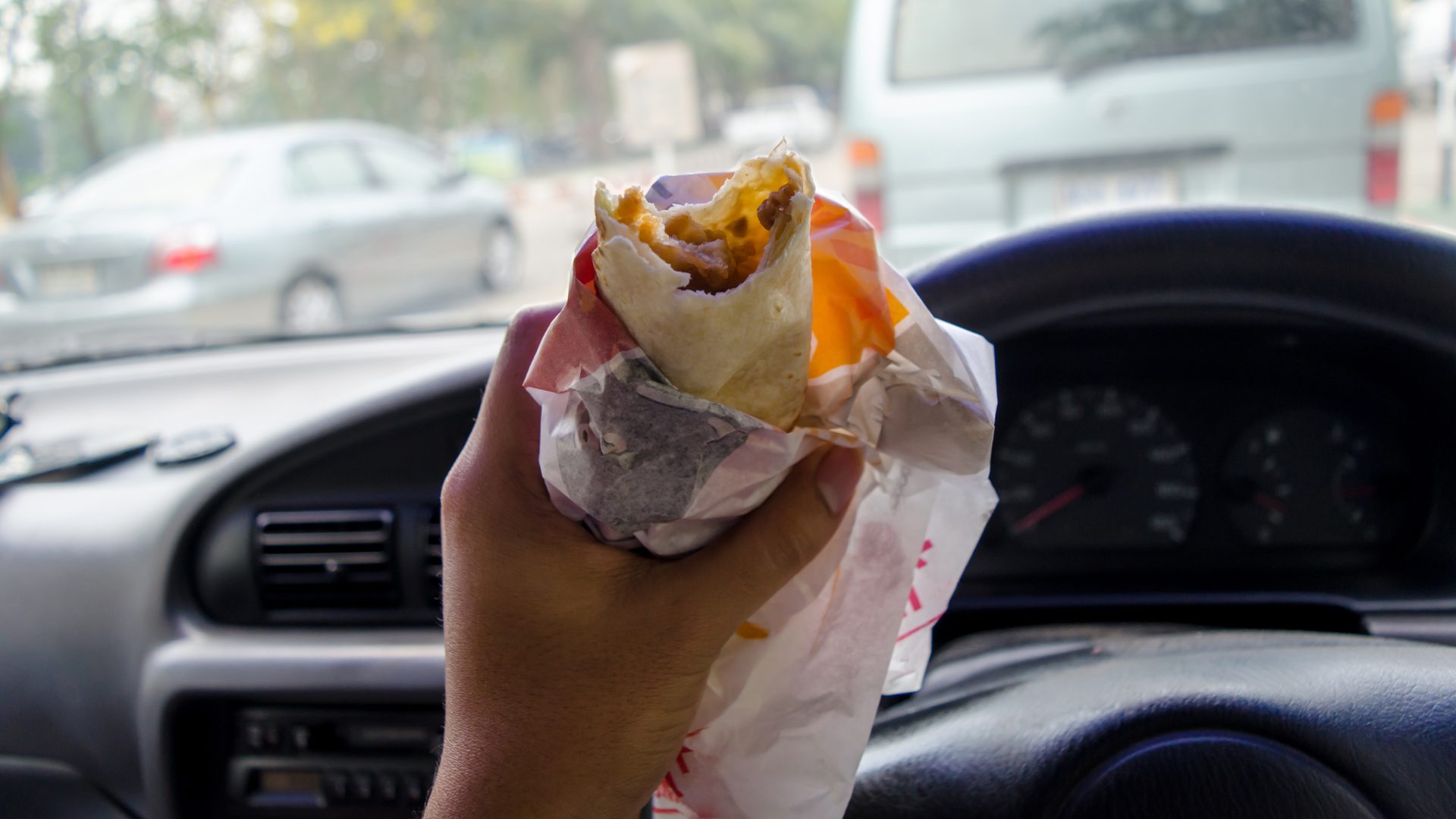After a recent rally, the U.S. stock market has recovered most of the losses driven by tariff fears. The Standard & Poor’s 500 index is down about 3% year-to-date. But, with one exception, fast food stocks have performed quite well. Yum! Brands (owner of Taco Bell, KFC, and Pizza Hut) has gained 12% year-to-date; McDonald’s over 8%, and Restaurant Brands International (Burger King, Tim Hortons, and Popeyes) +3%.
What might seem strange about the gains in fast food stocks is that the performance of the underlying businesses in the first quarter was ugly (here, too, with one exception).
Clearly, investors are looking forward, perhaps in part because the unified story the major QSR chains are telling provides some certainty in very uncertain times.
Looking backwards, that unified story centers on weak traffic. In Q1, McDonald’s global same-restaurant sales fell 1%, though were roughly flat excluding the impact of Leap Day in the year-prior quarter. U.S. performance was much weaker, however: comparable sales were down 3.6%, “primarily” due to lower traffic.
For Yum!, KFC comps were negative 1%, and Pizza Hut minus 5%. The one bright spot for Yum!, and the industry, was Taco Bell at a stunning plus 8%. Wendy’s couldn’t buck the trend, with U.S. same-restaurant sales down 2.8%.
Investors took these numbers in stride for a couple of reasons, the biggest of which was that nothing here was much of a surprise. The market knows that the consumer is generally stretched, though notably both McDonald’s and Wendy’s said that consumer sentiment weakened as the quarter went on.
It also seems clear that fast-food chains took a bit too much in the way of pricing as inflation soared in 2022 and into 2023. McDonald’s CEO Chris Kempczinski said last summer that his company had lost its “value leadership gap”; the industry as a whole has turned back to promotional and value offerings to reinstate that gap against fast casual, in particular. It will take time for those offerings to fully permeate consumer consciousness.
Kempczinski emphasized that he expected traffic and same-restaurant sales to improve as the year rolls on. (The CEO also said that the chain had “fully recovered” from the impact of last year’s e.coli outbreak.) Peers offered similar commentary.
Looking forward, the market clearly believes Kempczinski is right: McDonald’s stock is not terribly far from all-time highs, after a decade of being one of the most consistent winners in the entire market. (Including dividends, shareholders have more than quadrupled their money over the past decade.) Yum! too has caught a bid, while Restaurant Brands (which reports this week) and Wendy’s – excluding the worst of March 2020 trading, now at an eight-year low – lag more for company-specific reasons than for broader sector concerns.
There’s a clear cause for optimism, at least for shareholders. Management teams across the sector think AI and tech more broadly can be transformative for their businesses.
McDonald’s partnered with Google Cloud in late 2023 to set up edge computing at the company’s restaurants. Its restaurant equipment is now equipped with sensors that can predict failures, and its “Ready on Arrival” application allows crew members to prepare mobile orders before customers arrive.
Wendy’s has its own program, FreshAI, which is now in 168 locations on the way to a year-end target of 500 (about 8% of the total). That platform will automate drive-thrus, ideally lowering labor expense while improving the customer experience.
Taco Bell has partnered with chipmaker Nvidia for its own tech innovation. Chief financial officer Christopher Turner said on the Q1 call, echoing Wendy’s, that the partnership would aim to develop voice-automated drive-thru technology; computer vision (something McDonald’s has floated as well) can eliminate errors in the back of the house, while “advanced restaurant intelligence” can provide better data and planning for general managers.
One analyst on the call even floated the idea of Yum! eventually selling its operating system, likening the effort to Amazon Web Services, an internally-designed platform that now supports a good chunk of that company’s $2 trillion valuation.
In short, the market is looking forward, not backwards. It’s looking to traffic improvements in the coming quarters, and a tech-driven future in which consumers get more accurate orders and better food and franchisees have lower labor expense. In a time of immense uncertainty, investors are still willing to bet on fast food.
Vince Martin is an analyst and author whose work has appeared on multiple financial industry websites for more than a decade; he’s currently the lead writer for Wall Street & Main. He has no positions in any companies mentioned.
The Food Institute Podcast
It’s tariff time, and companies the world over are working to better understand how their operations will be impacted. Jodi Ader from RSM US LLP joined The Food Institute Podcast to discuss which products and inputs are currently subject to tariffs, and how to best mitigate supply chain risks.










